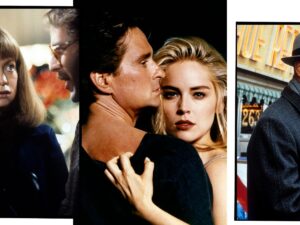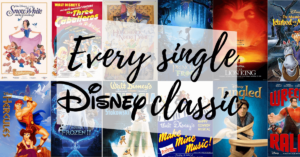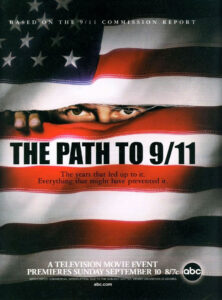The Magic of Movies: A Journey Through the Cinematic Universe

Movies have been a cornerstone of entertainment for over a century, evolving from silent black-and-white films to the colorful, high-definition spectacles we see today. They are more than just a medium of storytelling; they are a reflection of culture, a form of art, and a powerful vehicle for expressing the human experience. Let’s dive into the fascinating world of movies and explore their evolution, significance, and the magic they bring into our lives.
The Evolution of Movies
The history of movies dates back to the late 19th century. The first motion pictures were short, silent films that amazed audiences with their novelty. Pioneers like Thomas Edison and the Lumière brothers paved the way for this new form of entertainment. By the early 20th century, silent films had given way to “talkies,” with the 1927 film “The Jazz Singer” being the first feature-length movie with synchronized dialogue.
As technology progressed, so did the complexity and quality of movies. The introduction of color film in the 1930s revolutionized the industry, leading to classics like “The Wizard of Oz” and “Gone with the Wind.” The 1950s and 1960s saw the rise of epic blockbusters and the Golden Age of Hollywood, with stars like Marilyn Monroe, James Dean, and Audrey Hepburn becoming cultural icons.
The late 20th century brought further innovations, including special effects, CGI (computer-generated imagery), and advanced sound technologies. These advancements allowed filmmakers to create visually stunning and immersive experiences, exemplified by movies like “Star Wars,” “Jurassic Park,” and “The Matrix.” Today, the film industry continues to evolve with advancements in virtual reality, 3D technology, and digital streaming platforms.
The Cultural Significance of Movies
Movies hold a mirror to society, reflecting and sometimes shaping cultural norms and values. They provide a platform for exploring complex social issues, human emotions, and existential questions. Films like “To Kill a Mockingbird” and “Schindler’s List” have brought important historical and social issues to the forefront, prompting audiences to reflect on the world around them.
Movies also have the power to unite people. Blockbusters like “Avengers: Endgame” and “Titanic” become global phenomena, creating shared experiences and memories. They are a universal language that transcends borders, allowing people from different cultures and backgrounds to connect and understand each other.
The Art of Filmmaking
Filmmaking is a collaborative art form that brings together various creative talents, including directors, screenwriters, actors, cinematographers, and editors. Each element of a film, from the script to the score, plays a crucial role in creating a cohesive and compelling story.
Directors like Alfred Hitchcock, Steven Spielberg, Martin Scorsese, and Christopher Nolan are celebrated for their unique styles and contributions to cinema. Their vision and storytelling techniques have left an indelible mark on the industry, influencing generations of filmmakers.
Cinematography, the art of capturing visual images on film, is another critical aspect of filmmaking. Iconic cinematographers like Roger Deakins and Emmanuel Lubezki have elevated movies with their stunning visual compositions, making films not just stories to watch but works of art to be admired.
The Future of Movies
The future of movies is both exciting and uncertain. The rise of streaming platforms like Netflix, Amazon Prime, and Disney+ has transformed how audiences consume films. The COVID-19 pandemic accelerated this shift, with many studios releasing movies directly to digital platforms, bypassing traditional theatrical releases.
Despite these changes, the allure of the cinema experience remains strong. The communal aspect of watching a movie on the big screen, with state-of-the-art sound and visuals, is an experience that streaming cannot replicate. As technology continues to advance, we can expect even more immersive and interactive movie experiences in the future.
Conclusion
Movies are an integral part of our cultural fabric, offering a blend of entertainment, art, and social commentary. They have the power to transport us to different worlds, evoke deep emotions, and inspire change. As we continue to navigate the evolving landscape of the film industry, one thing remains certain: the magic of movies will endure, captivating and enchanting audiences for generations to come.





